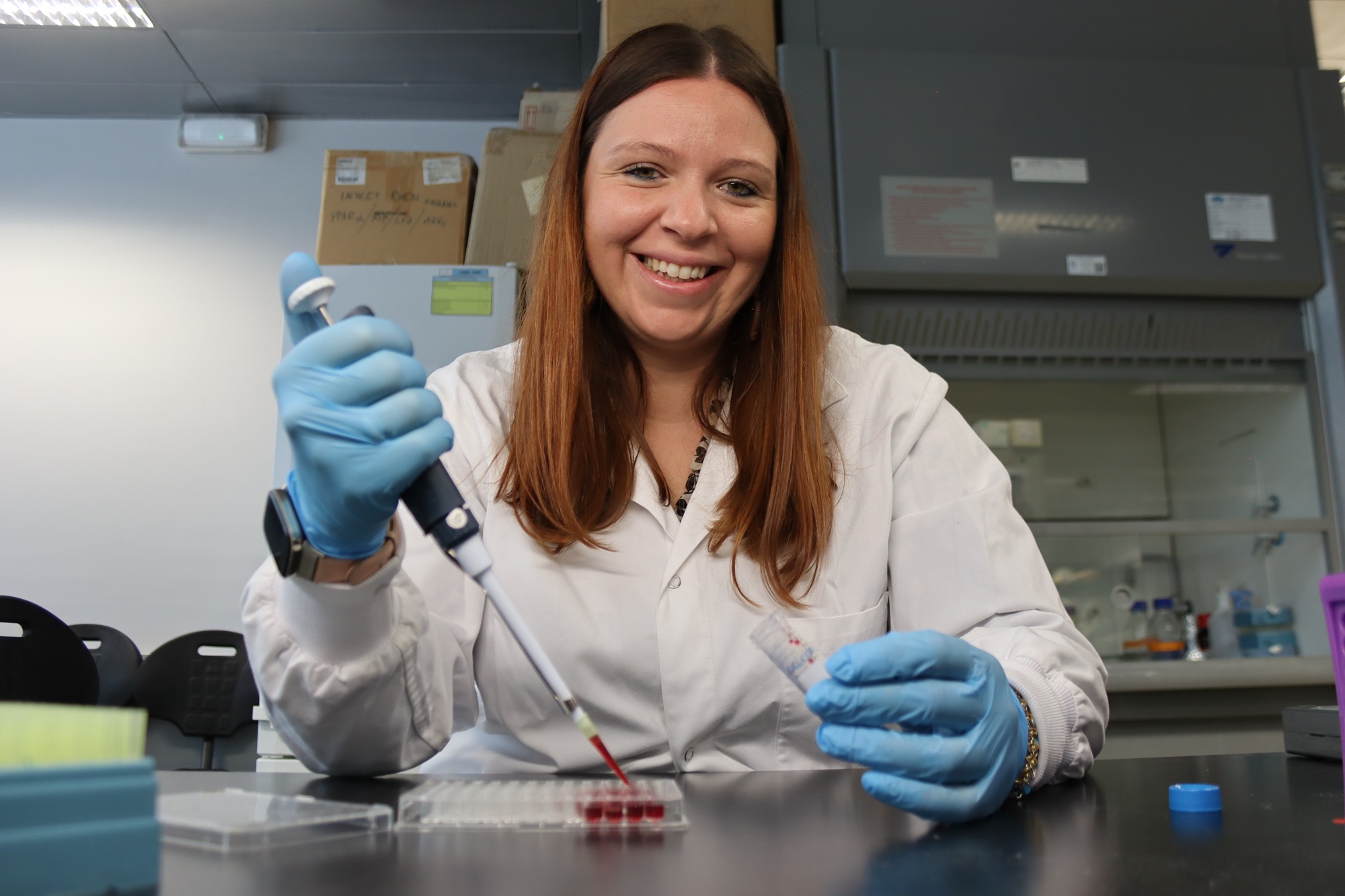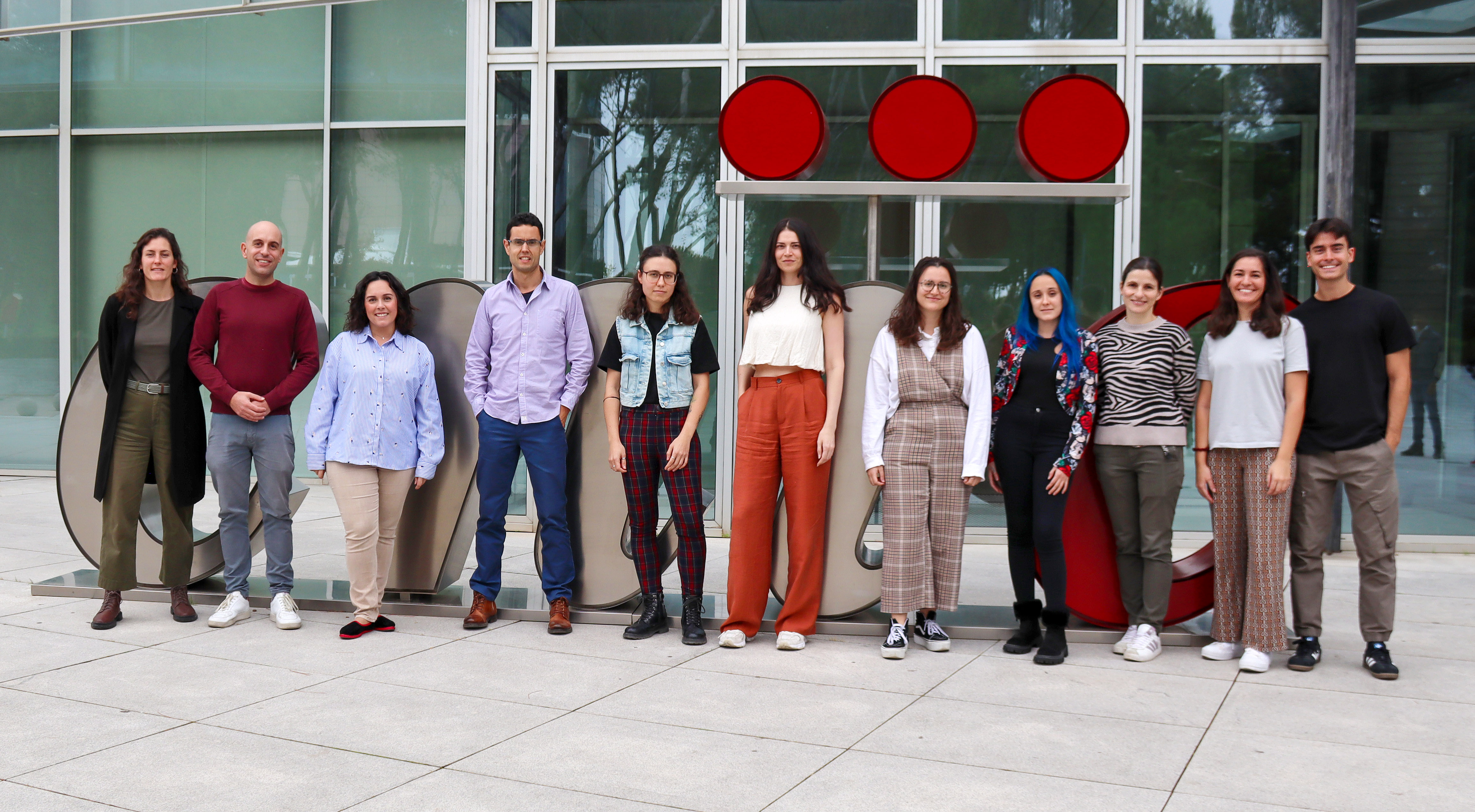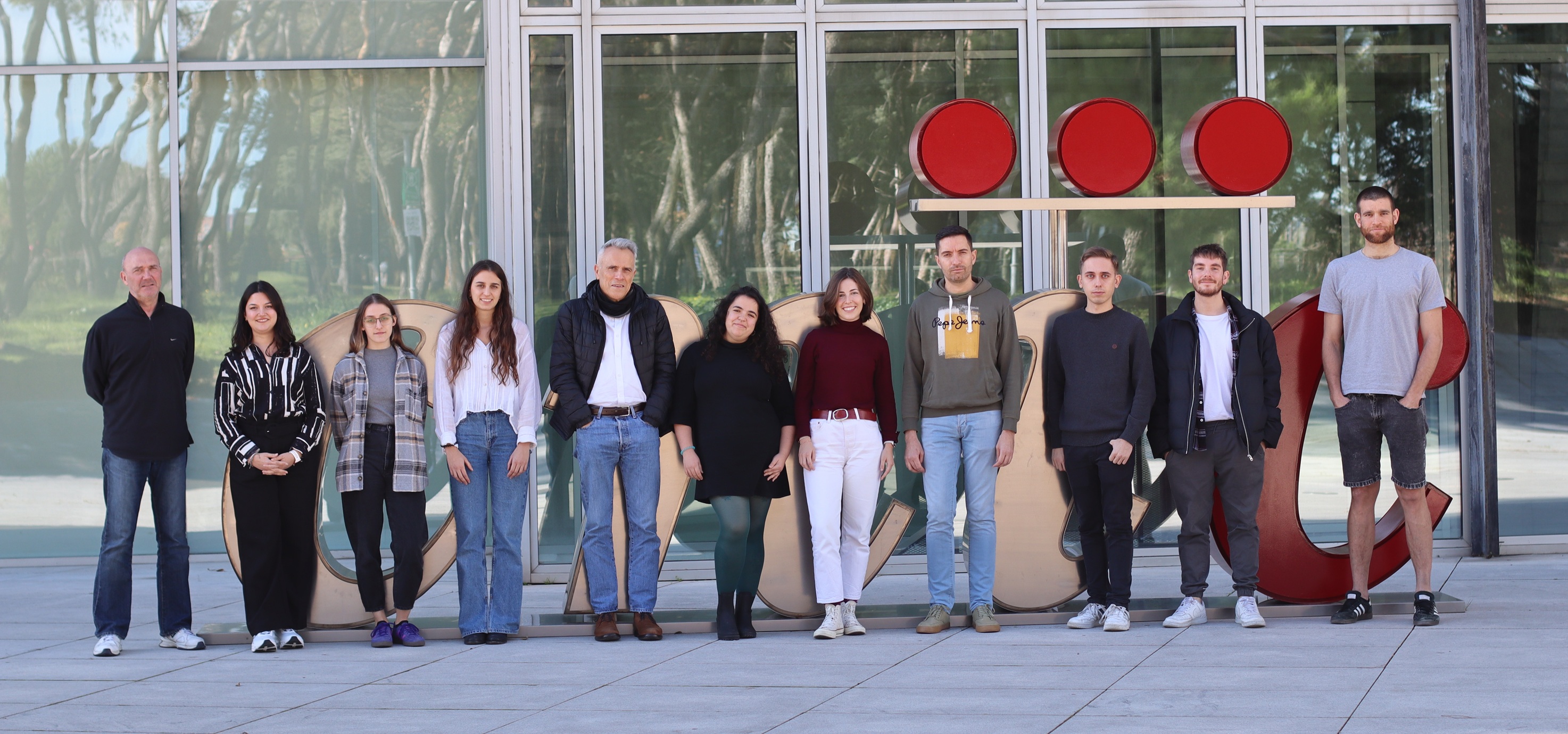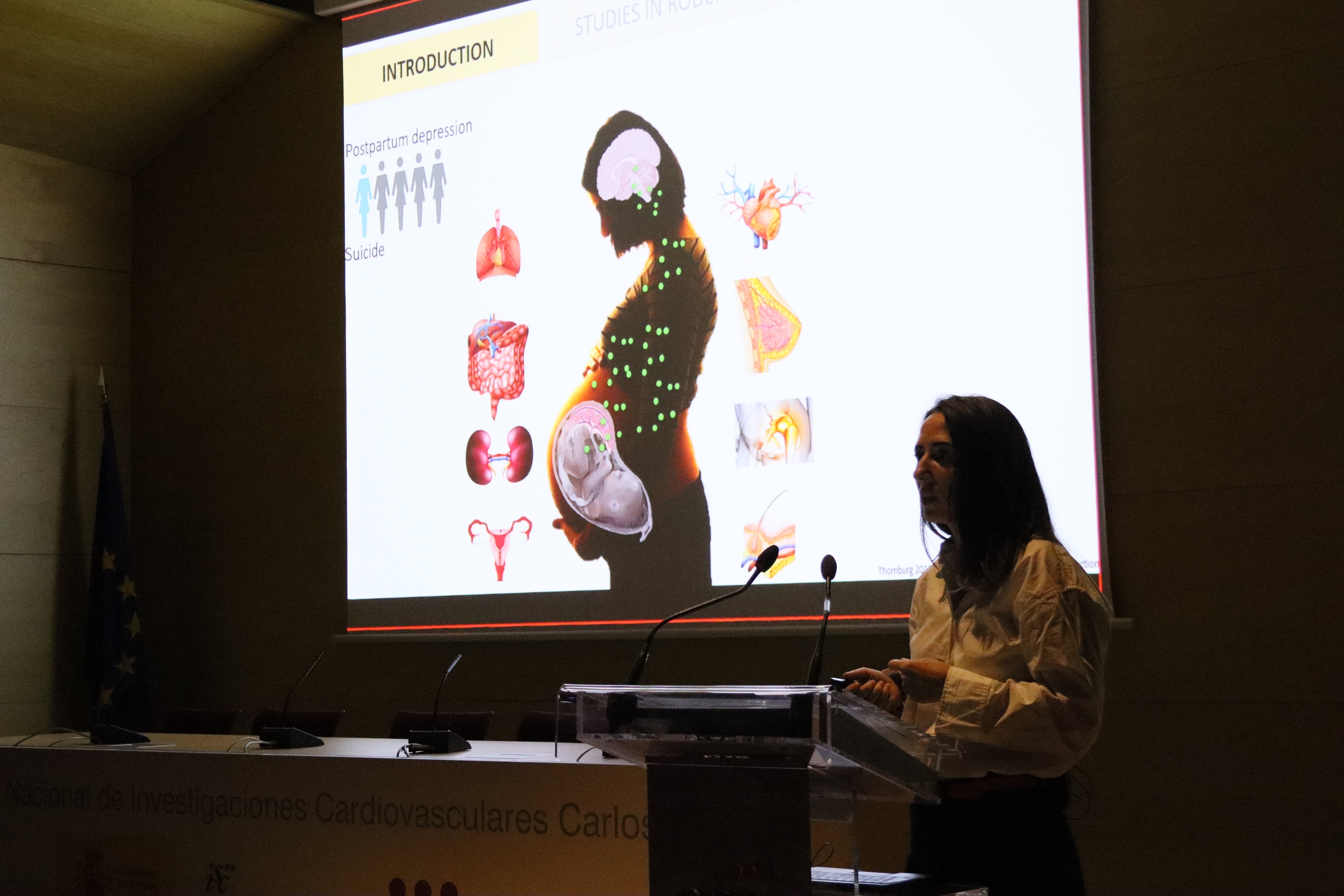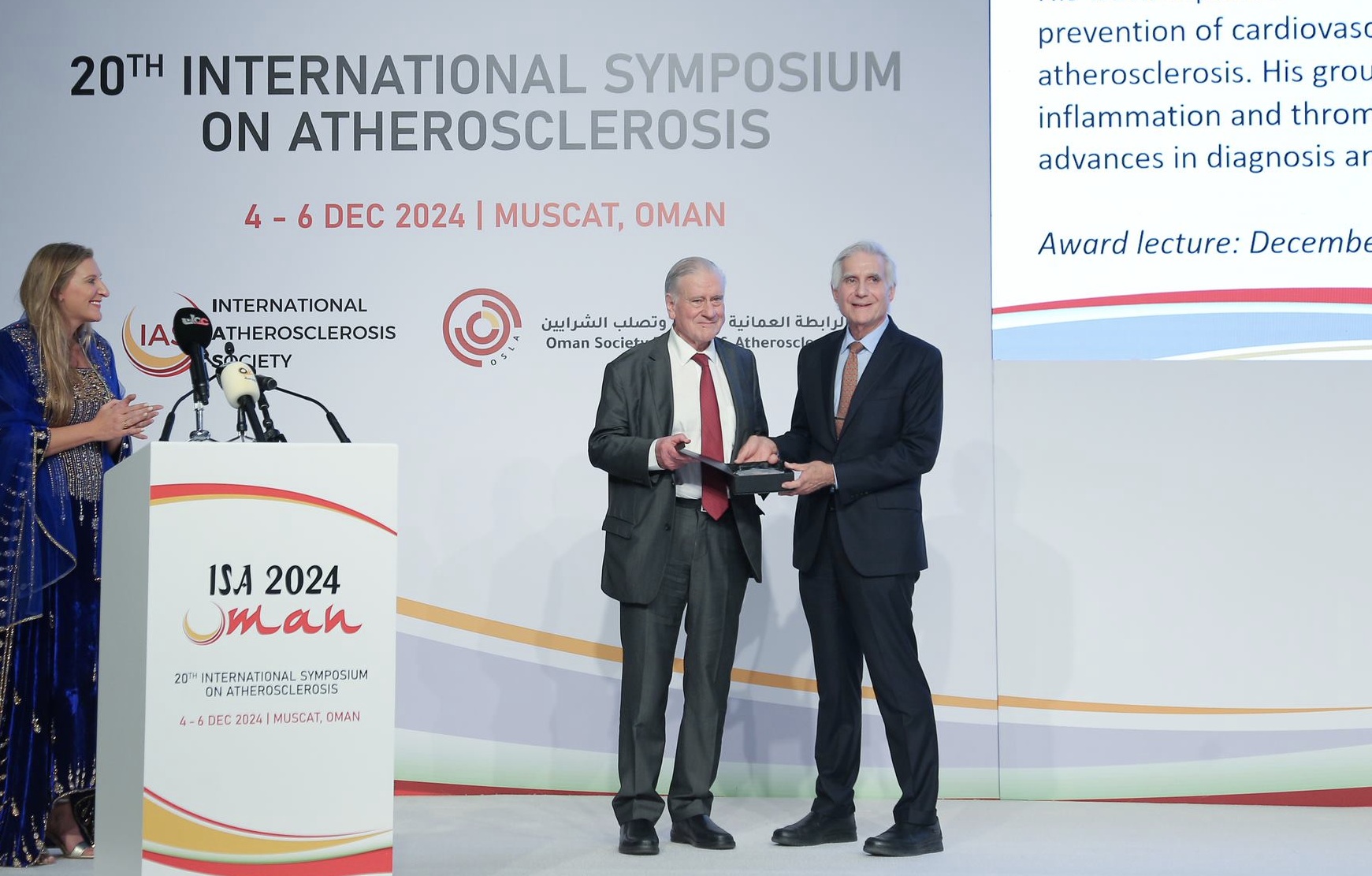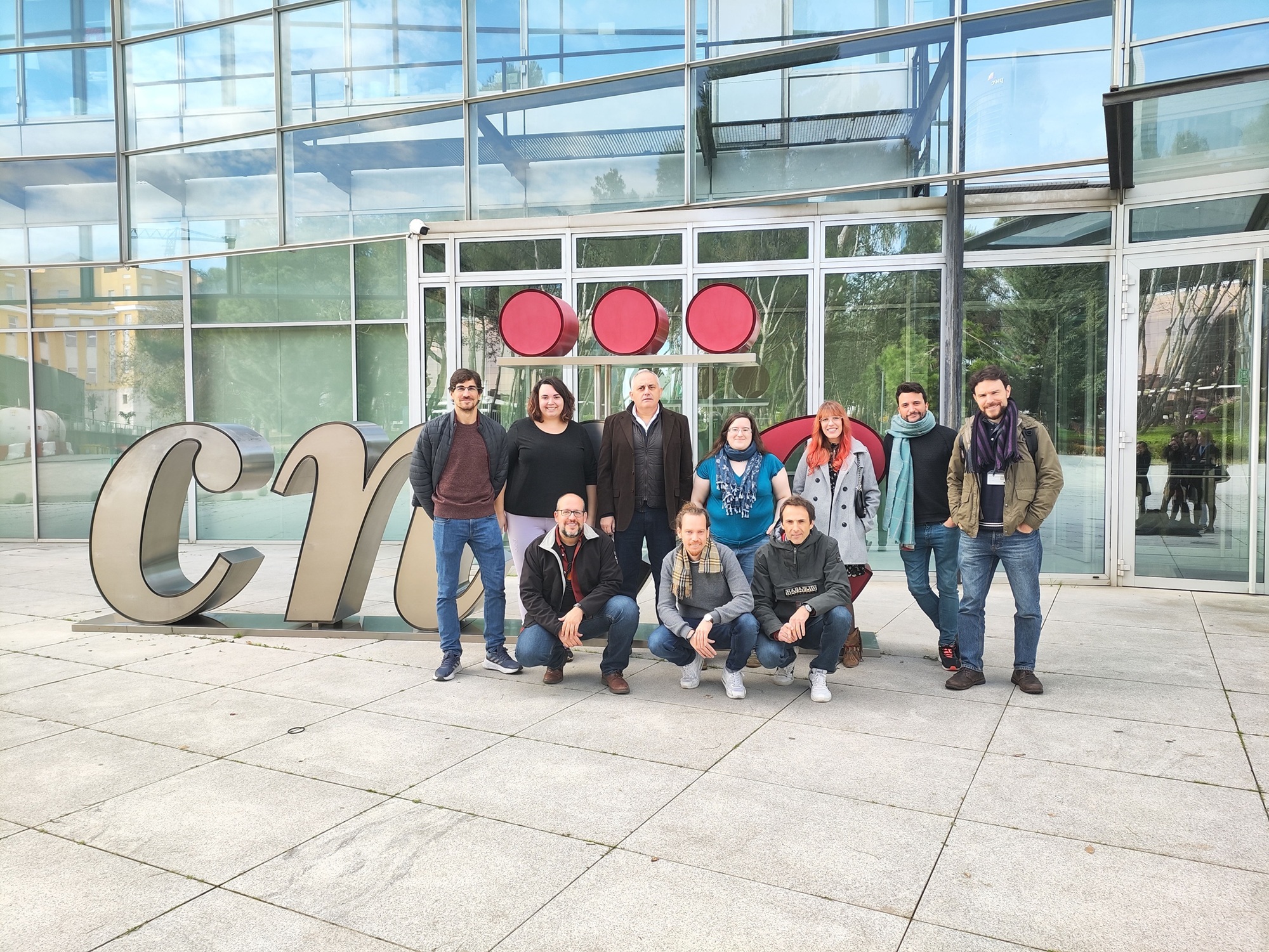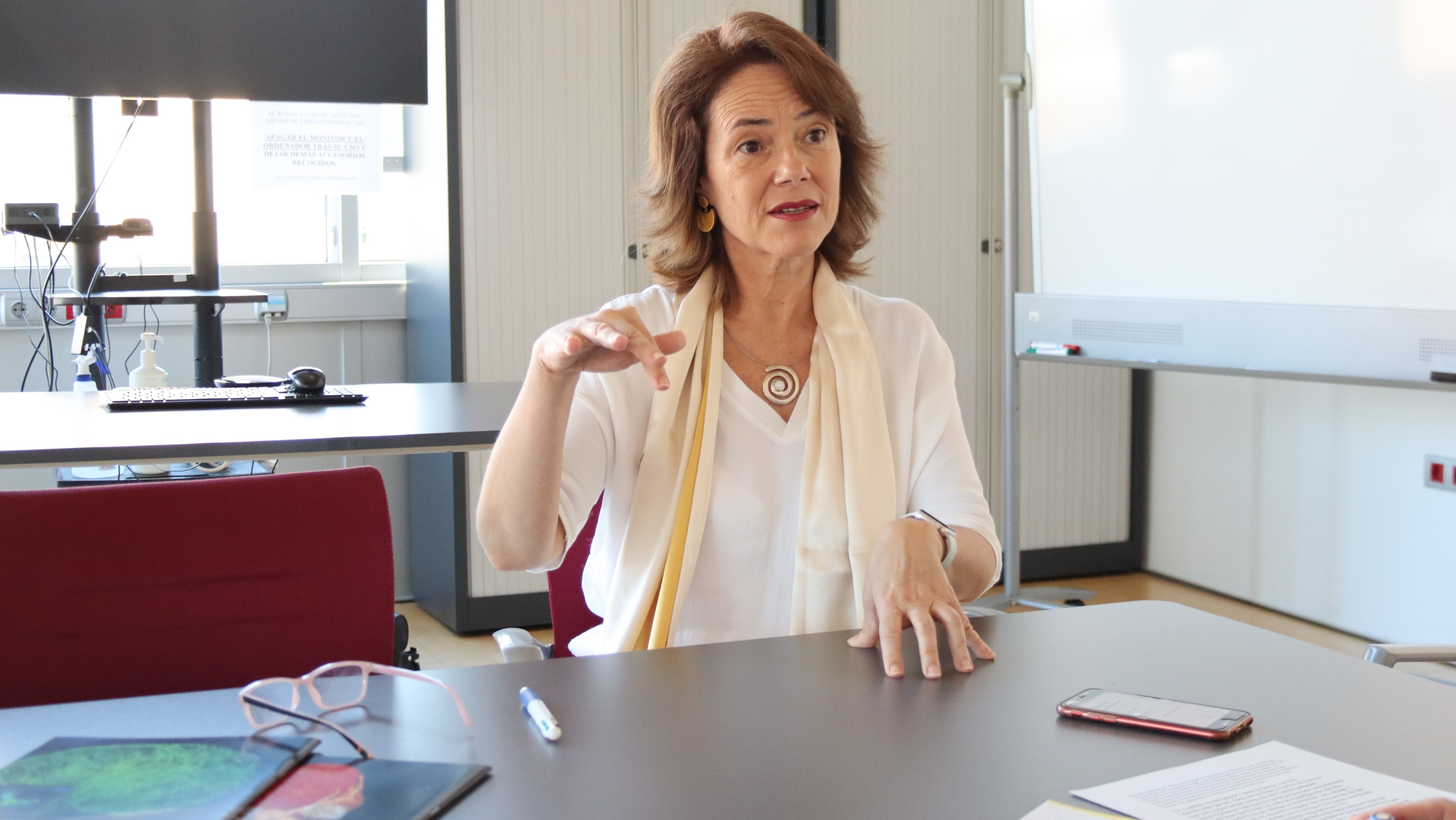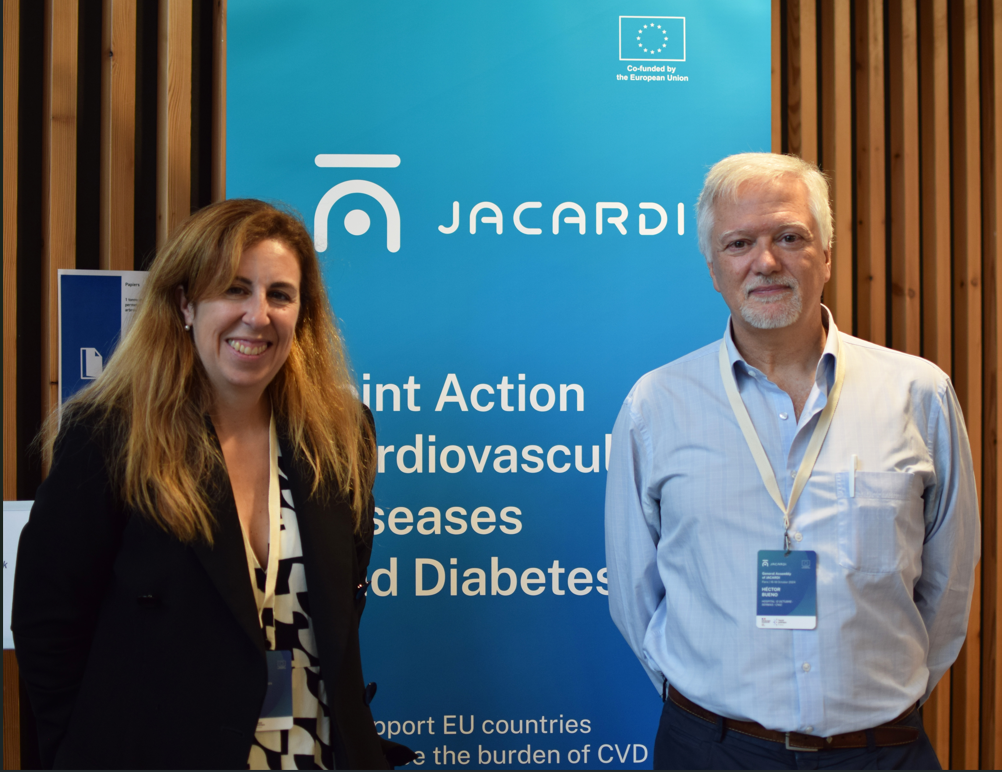News search
|
About the CNIC 15 Jan 2025 The study describes an innovative probe for the noninvasive detection of macrophages using PET technology |
|
Research 13 Jan 2025 This work reveals a new mechanism by which brown fat is converted into heat, and which protects from pathologies associated with obesity. |
|
About the CNIC 19 Dec 2024 The findings of this study have been key for the development of REACT, a new research project, that will count on the collaboration of Santander Bank, and will expand the study of the age group for the prevention of cardiovascular diseases, which will include 8,000 new participants. |
|
Research 12 Dec 2024 iFlpMosaics is a new technology presented in Nature Methods that allows the modification and study of gene function in mouse models, advancing research on diseases caused by somatic mutations, such as cancer and vascular malformations. |
|
About the CNIC 12 Dec 2024 The new project, ‘The Placenta in Maternal and Fetal Cardiovascular Health and Disease’, aims to understand how the placenta influences cardiovascular health in mothers and their children, promising improvements in the prevention and treatment of related diseases |
|
Research 5 Dec 2024 Susana Carmona directs the Neuromaternal research group at the Gregorio Marañón Hospital in Madrid |
|
About the CNIC 5 Dec 2024 The International Atherosclerosis Society recognizes the contributions to the understanding and treatment of atherosclerosis by the director of the National Center for Cardiovascular Research (CNIC) and president of the Mount Sinai Fuster Heart |
|
Research 28 Nov 2024 A study from the CNIC, published in Nature Communications, reveals how caveolae allow adipocytes to expand safely, storing fat without breaking or causing inflammation |
|
About the CNIC 25 Nov 2024 Carola García de Vinuesa is a senior group leader at the Francis Crick Institute in London and the John Curtin School of Medical Research in Canberra. |
|
About the CNIC 23 Oct 2024 The National Center for Cardiovascular Research (CNIC), and the Health Research Institute of Hospital 12 de Octubre (i+12), representing SERMAS, are actively participating in JACARDI through different pilot projects |
- ‹ previous
- 4 of 29
- next ›

